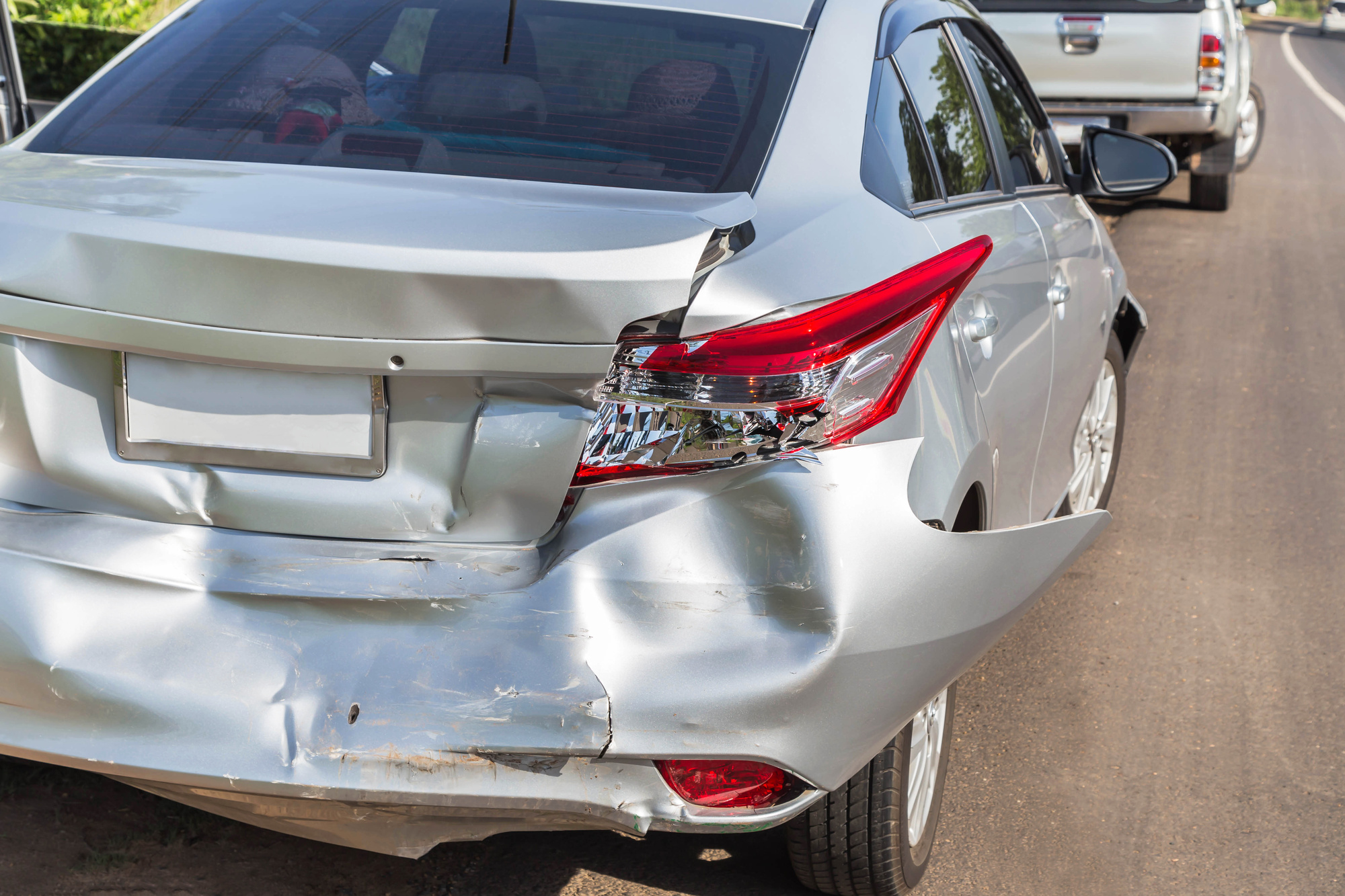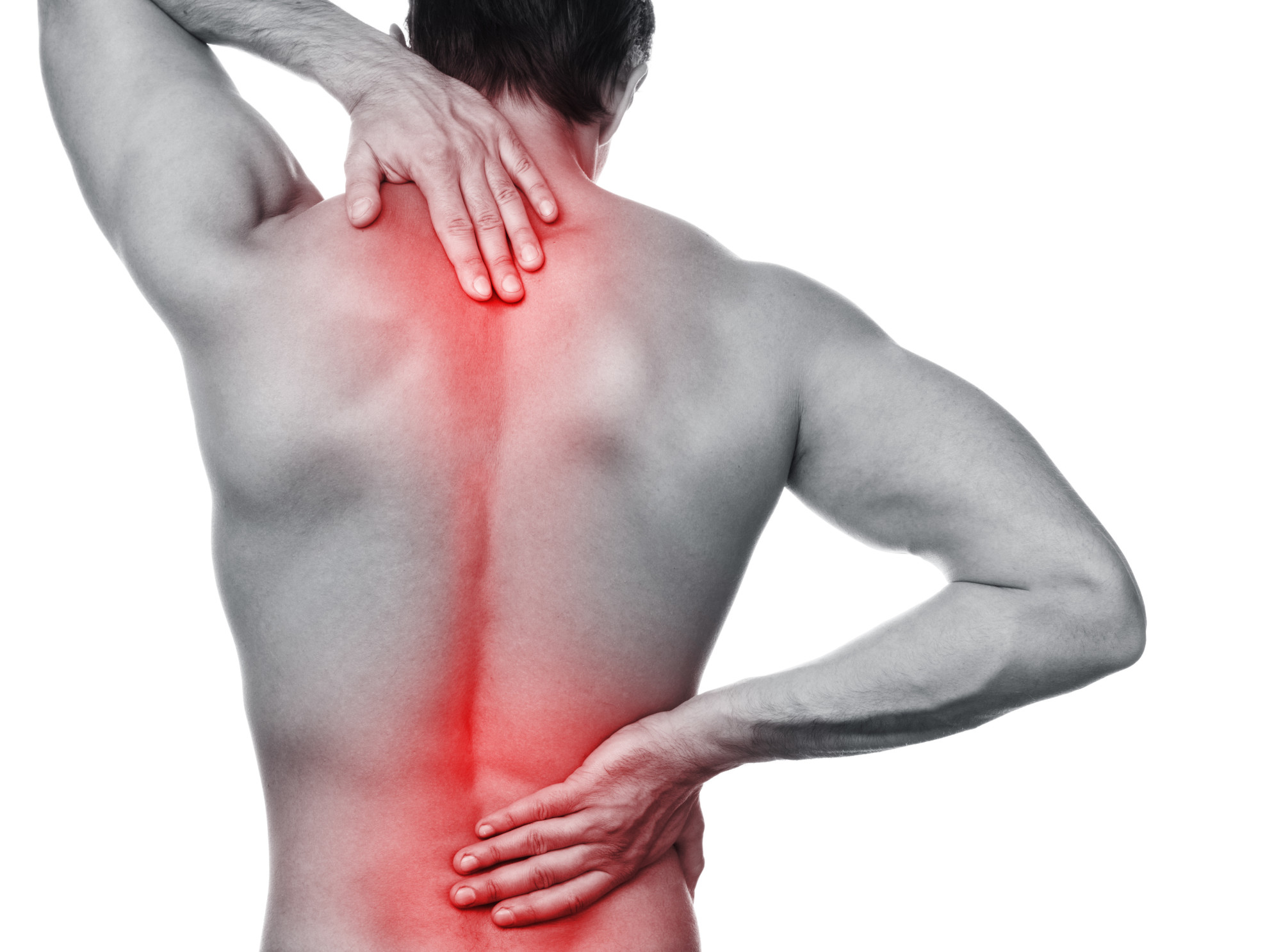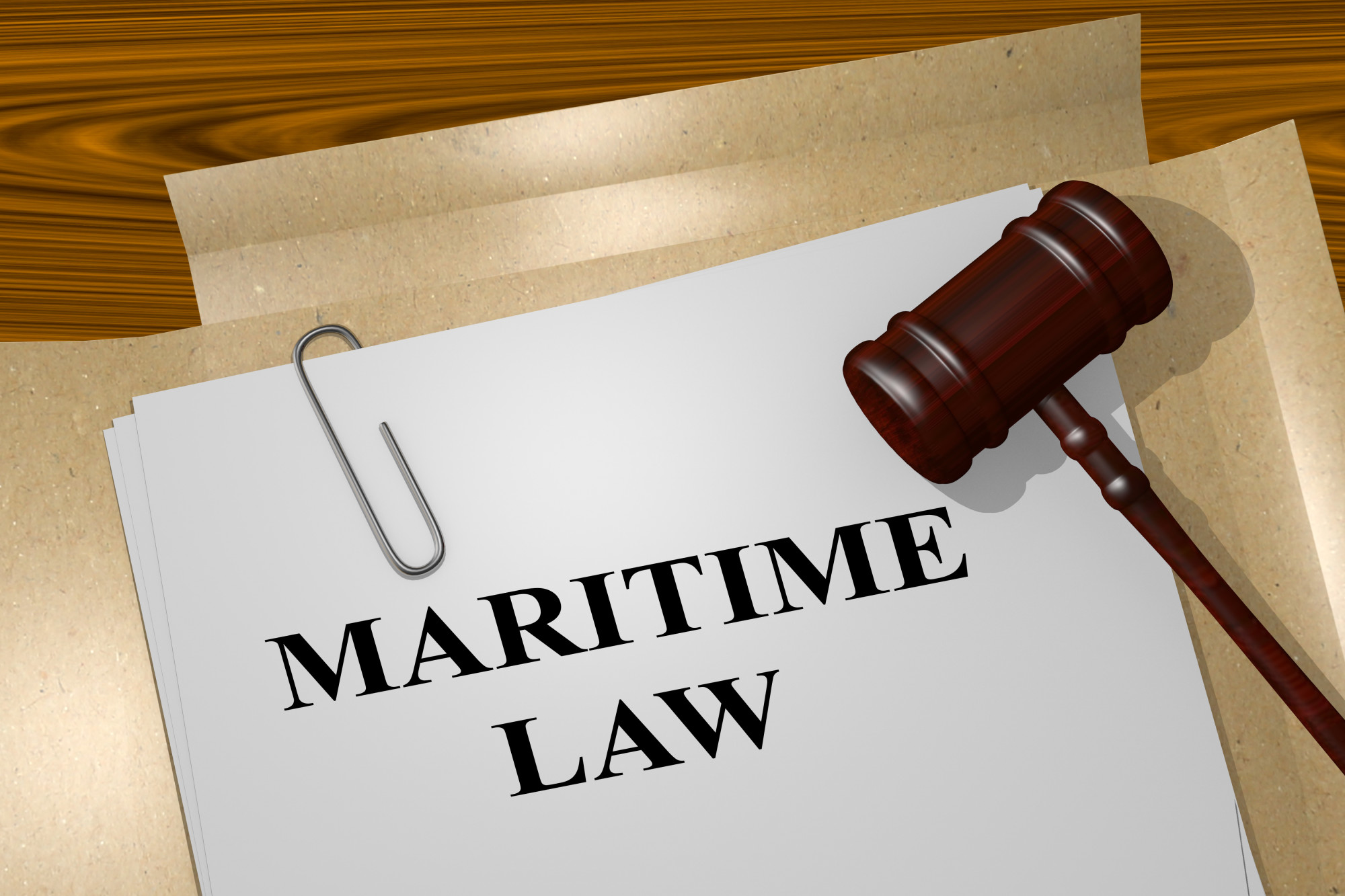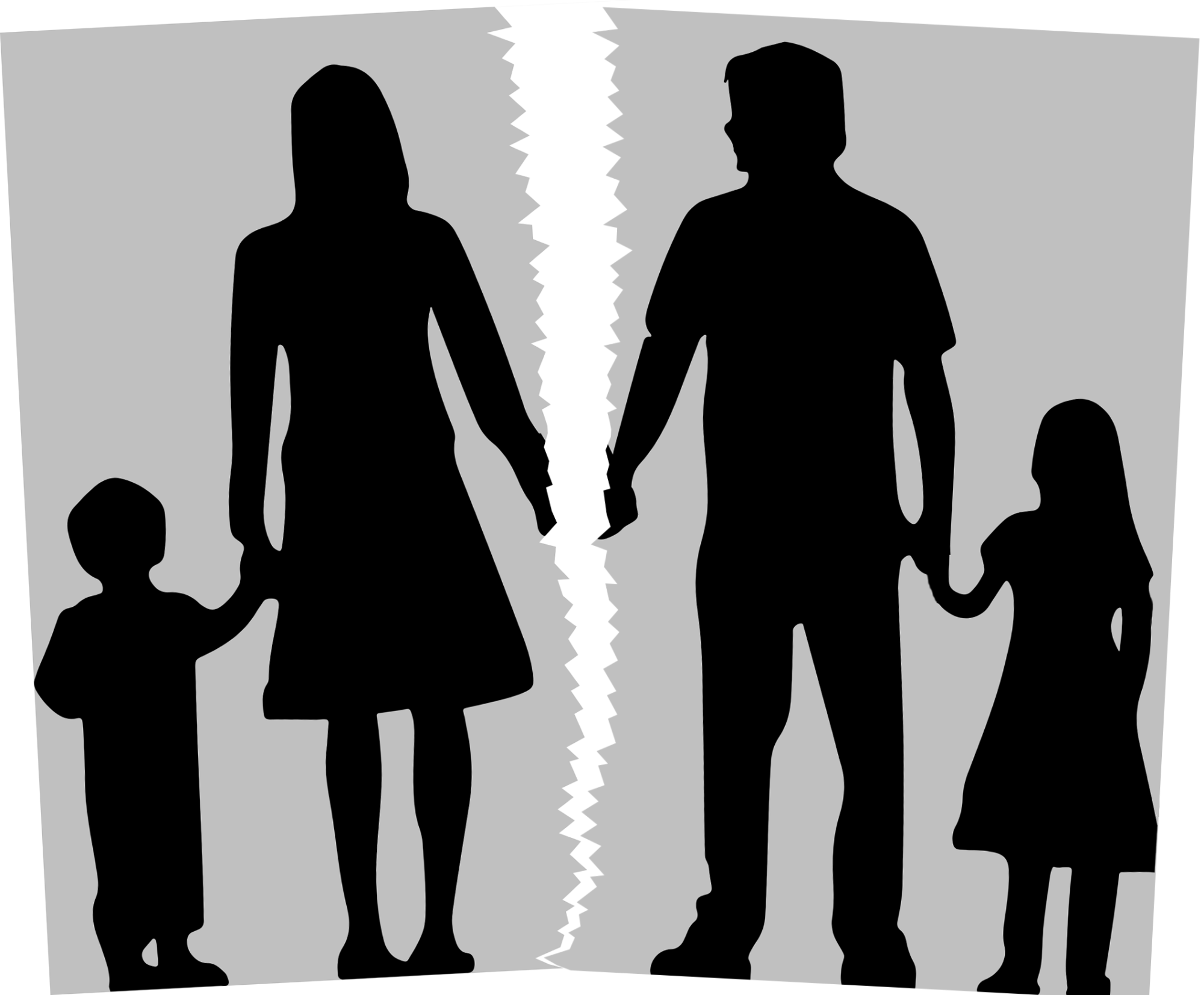What to Do After Being Rear Ended: 7 Critical Steps

Your typical daily commute can turn into a life-changing moment in the blink of an eye.
Maybe there’s a traffic jam and the vehicle behind you doesn’t stop in time. Maybe you come up to a red light that they don’t see.
They rear-end you and now you have a problem on your hands.
A collision can be anything from a minor inconvenience to a life-changing event, and you don’t always know which one it will be at the time. It’s crucial to be prepared and know what to do after being rear-ended.
Before you find yourself in that situation, prepare yourself and learn the steps you need to take.
What to Do After Being Rear-Ended
When you get into a car accident, you have several concerns: injuries, finances, transportation, and more. Here are the steps you need to follow to protect yourself.
1. Safety First
Before you do anything else, you need to make the accident scene as safe as you can.
Don’t get out of your car into the flow of traffic. If possible, move all the cars involved out of the roadway. The more time you spend in the roadway, the more likely it is that another driver will come along without paying attention and hit you.
You also need to check on everyone involved. If someone seems injured, don’t try to move them because you could make it worse.
2. Call for Help
If the collision is a major one, it will be obvious that you need to call 911 for help. This should be the first thing you do after making the scene safe.
If the accident is minor, chances are that the other driver will try to talk you out of calling the police. They may not want the citation because it will raise their insurance rates.
As noble as it is to want to help them, it’s best to have documentation from a police report. The police may uncover issues you didn’t realize. For instance, they may discover that the other driver was intoxicated or inattentive.
Even if they don’t, third-party documentation can be important if you end up in a legal battle.
3. Take Tons of Pictures
In the days before smartphones, police advised people to keep disposable cameras in their vehicles in case of an accident. Today, you probably have your phone with camera capabilities available at all times. Now is the most important time to use it.
When in doubt, take more pictures. You need photos of all the damage to your vehicle and theirs, as well as any damage to guardrails or other parts of the roadway. If there are any injuries that are already apparent, snap pictures of them as well.
It’s also a good idea to take photos of the conditions surrounding the accident. Take photos of the traffic, the roadway conditions, and the weather. If you see anything that may have contributed to the accident, snap a photo.
4. Exchange Insurance Information
While the police officer will do this too, you also need to find out the other driver’s information. There are several pieces of information you need after an accident, from the driver’s name to the insurance policy number.
Rather than jotting down the information, it’s best to take a photo of the driver’s license and insurance card. This serves as more concrete evidence, and it’s also easier than finding a pen and paper.
As you exchange information with the other driver, be careful what you say. Don’t say, “I’m sorry,” or anything else that could imply that you’re admitting any fault.
If the other driver apologizes, you also shouldn’t say, “It’s okay,” or anything that could sound like you’re dismissing their responsibility. If you’re not sure how to respond to their apology, you could say, “I understand,” “These things happen,” or, “We’re lucky it wasn’t worse.”
5. Talk to Witnesses
In many car accidents, it’s a he said/she said situation. If there are any other witnesses there who saw the accident, though, be sure to locate them.
Ask witnesses if they’re able to wait until the police arrive and give a statement. If not, ask for their name and contact information so your insurance company or the police can get in touch.
It’s also a good idea to look around and see if there are any cameras that may have captured the accident. If there are, take photos of them and make note of their locations.
6. Get Medical Attention
This is one of the most crucial steps after an accident, yet it’s one of the most under-utilized as well.
Auto accident injuries have a way of laying dormant until several hours after the collision. Your body is flooded with adrenaline from the crash, which masks any pain.
With rear-end collisions in particular, though, neck injuries like whiplash are very common. If emergency medical technicians come to the accident scene, have them examine you and document their exam.
If you don’t notice any obvious injuries, EMTs might not be necessary. In that case, though, go to a doctor or urgent care center right away after the accident. Tell them what happened and ask for an exam.
Throughout this process, make sure all medical personnel document your exams well. If you have injuries and you need to seek financial compensation, your case will hinge on those medical records.
7. Consult with a Lawyer If Necessary
No one wants to assume their collision will turn into a major legal battle, and most of them don’t. Still, it’s important to prepare yourself in case it’s necessary.
The other driver’s insurance company might deny responsibility. Maybe the driver doesn’t have current insurance at all. If you find any resistance toward reimbursing you for your damages, the sooner you talk to a lawyer, the better.
Protecting Yourself After a Car Accident
People talk all the time about protecting yourself before an accident with seatbelts, driving precautions, a car’s safety features, and more. However, the steps you take after the accident are just as important.
Hold onto this list of what to do after being rear-ended because you never know when you’ll need it.
For more important pro tips from people in the know, check out our blog of useful tips.



